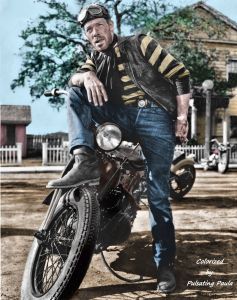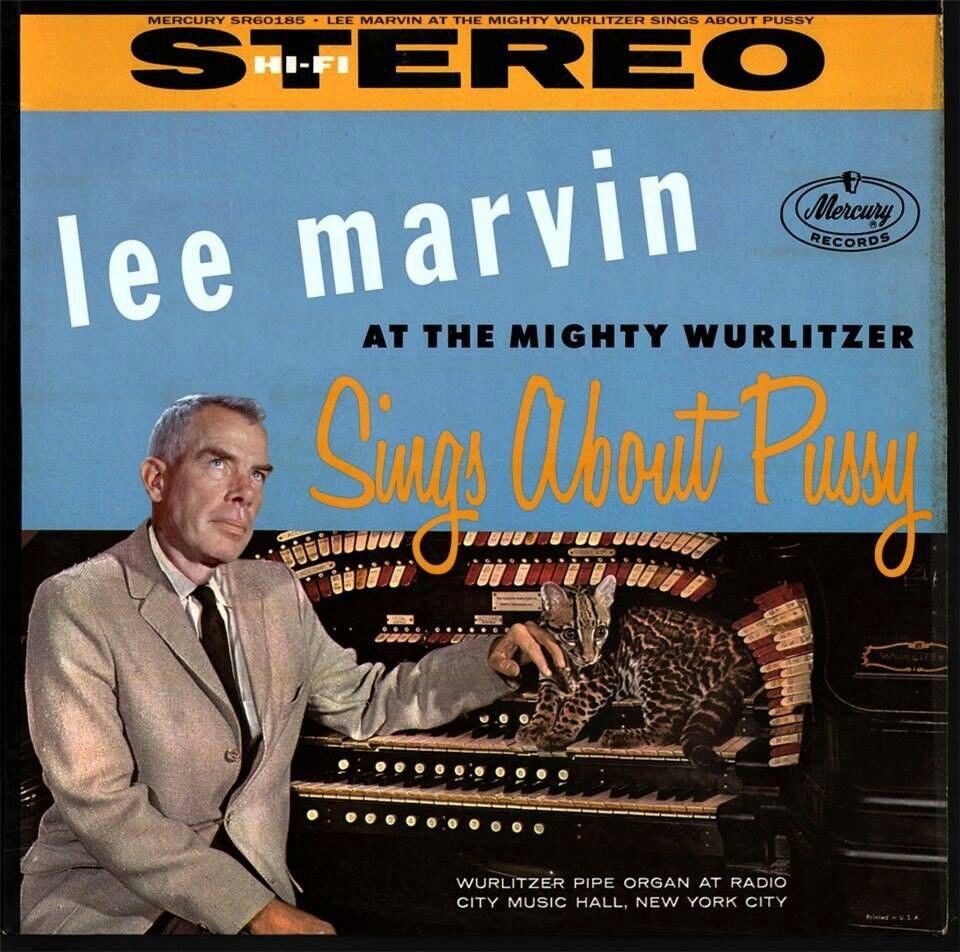
Recently I watched, more accurately re-watched, of all things, Snow White and the Three Stooges. I haven’t seen that magnum opus since, what, when I was five-six years old. I honestly didn’t recall it, so I watched it partly from nostalgia, partly from curiosity. So true, as Thomas Wolfe said: You can’t go home again.
First off: It’s meant to be a sumptuous production. Per IMDB, this little bijou from 1961 cost three and a half million dollars. It’s in color and CinemaScope, distributed by 20th-Century Fox. Mind you, this is a Three Stooges film. Except it’s not, not exactly. The film was a vehicle for the 1960 Olympic gold medalist in ice skating, Carol Heiss. Apparently Fox was toying with the idea of reviving the skating flick, with which it had such success with Sonja Henie in the 1930s. I guess Fox was also indulging in a bit of nostalgia; the film was even shot on an old Henie skating rink, with the Stooges added as box-office insurance. Alas, it didn’t pan out; the film flopped, bigly time. Add the problems Fox was having then with Cleopatra, and I bet you would have seen nervous executives prowling Fox’s echoing halls, keeping close watch on their heads. (Which sounds kinda like a Stooges routine…)

In the title role Heiss is competent and pretty but no actress; it’s obvious she’s following her marks. You can watch some of Heiss’s competitive skating here and here. She was certainly a superb athlete (per Wikipedia, she dominated women’s competitive skating in the late 1950s), but she has only two skating scenes in her film, neither of which impresses. The choreography is bland, mainly glides and twirls and bright smiles, nothing like Henie’s ice spectaculars. There’s little of the jumps and whip spins associated with Olympic skating, nor do the numbers take advantage of Heiss’s own power and speed. Ice skating routines can go beyond the banal and be used with imagination and finesse; see what Belita did with her numbers in the film Suspense (here and here). Instead, Snow White’s choreographers, Ron Fletcher and Ivan Lane, settle for the safe and trite; could they have been inspired (if that’s the word) by the plodding routines from the infamous Ice Follies of 1939 (which I wrote about here)? The resemblance is dismayingly close.

Despite its mega-budget and skating scenes, the film reeks of chintz. It has no big stars or production numbers; the few scattered songs are forgettable; the medievalish costumes and sets look cheap (when Patricia Medina as the Wicked Queen slams shut a door, it bounces right back open); and Prince Charming is played by an actor whose name, Edson Stroll (with its weird echoes of the Edsel), is his most memorable feature. Per IMDB, he had a long career in bit parts; the lead in Snow White & Co. seems his one role of note. Like Heiss, he’s competent, if little else. Just what did Fox spend all that money on? Is freezing water that expensive to do?



The little of the film that isn’t blah is a lukewarm redo of famous-scenes-from-better-movies, for undemanding tots. Snow White’s escape through the forest is watered-down Disney; the sword fight for Edson Stroll (Edson Stroll…) recalls Erroll Flynn (or, since this is a Fox film, maybe Tyrone Power); and the evil queen in her witch guise is obviously a throwback to the Wicked Witch of the West from The Wizard of Oz. She even flies a broomstick. It would have been cool if she could have scrawled “Surrender, Snow White” against the sky, but no one, it seems, wanted to dare that much. More than a lack of imagination, it’s a lack of fun that undoes this film.

That lack is most exemplified in the Stooges themselves. Ah, yes, the Three Stooges; remember them? They’re one-half the film’s title. Made during the Cretaceous, or Late Stooge Era, the movie features Moe and Larry with Curly Joe (deRita) as third banana. He’s a softer, gentler (much) Stooge, with no relation to his namesake, the immortal Curly Howard, a berserk genius if there ever was. DeRita is nice but not remarkable; he plays his role more like Bashful from the Disney cartoon version (quick, can you name all seven Disney dwarfs?). That invaluable volume, The Psychotronic Encyclopedia of Film, curtly sums up what’s wrong here: “not enough insults and eye-gougings.” No punches, slaps, head knocks, or tossed pies, either. There’s nothing Stoogian about the film. Instead, the three are cute bumblers who help Edson Stroll (was he called Ed for short?) defeat the baddies and tie it all up in a big pink bow. About the strongest it gets is when Curly Joe wishes on a magic wishing sword that the evil queen be sent to “Hades”; and, by Jove, she is! How’s that for the kiddies?

But why cast the Stooges in a fairy tale in first place? By the late 1950s Moe and Larry had lived long enough to see their Columbia shorts revived on afternoon TV, as well as encounter parental/PTA objections to their brand of humor. But did anyone ever consider that the Stooges were (and are) not meant for children? Like many of the great, rowdy film comics, the Stooges stand for anarchy and disorder; their rude, rhythmically violent routines subverted bourgeois standards of nice behavior. However, Post-Code Hollywood had a depressing habit of diluting its unruliest comics into cuddly sidekicks (look what happened to the Marx Brothers and Mae West). Existing at the fringe of Columbia’s B-jungle, the Stooges seemed to have escaped such scrutiny for much of their careers, only to get it just when they became popular. I can’t blame them for deciding to go nicey-nice in their old age; with Snow White (whose budget must have cost more than all their shorts combined), they probably got enough money to retire on and then some. If finger pokes and custard pies had to be sacrificed for a nest egg, then so be it.
So Fox made the film safe enough to bring the kids to, and, since it’s a ‘princess’ movie, it won’t frighten small children with mayhem. Still, I couldn’t help but sigh during the big fight scene near the end, when the peasants take over the castle, and there’s lots of sword whackings and boiling oil. Had Curly, the REAL Curly, been there, he would have done it all by himself, no peasants required. If Carol Heiss was meant to recall the good old days of Sonja Henie, couldn’t the Three Stooges at least have recalled the Three Stooges?

Bonus Clip: Here’s a charming segment from a 2003 interview with Carol Heiss and her husband (fellow gold medalist Hayes Jenkins), in which she recalls working on Snow White with the Three Stooges. “Will your wife take a pie?”:




